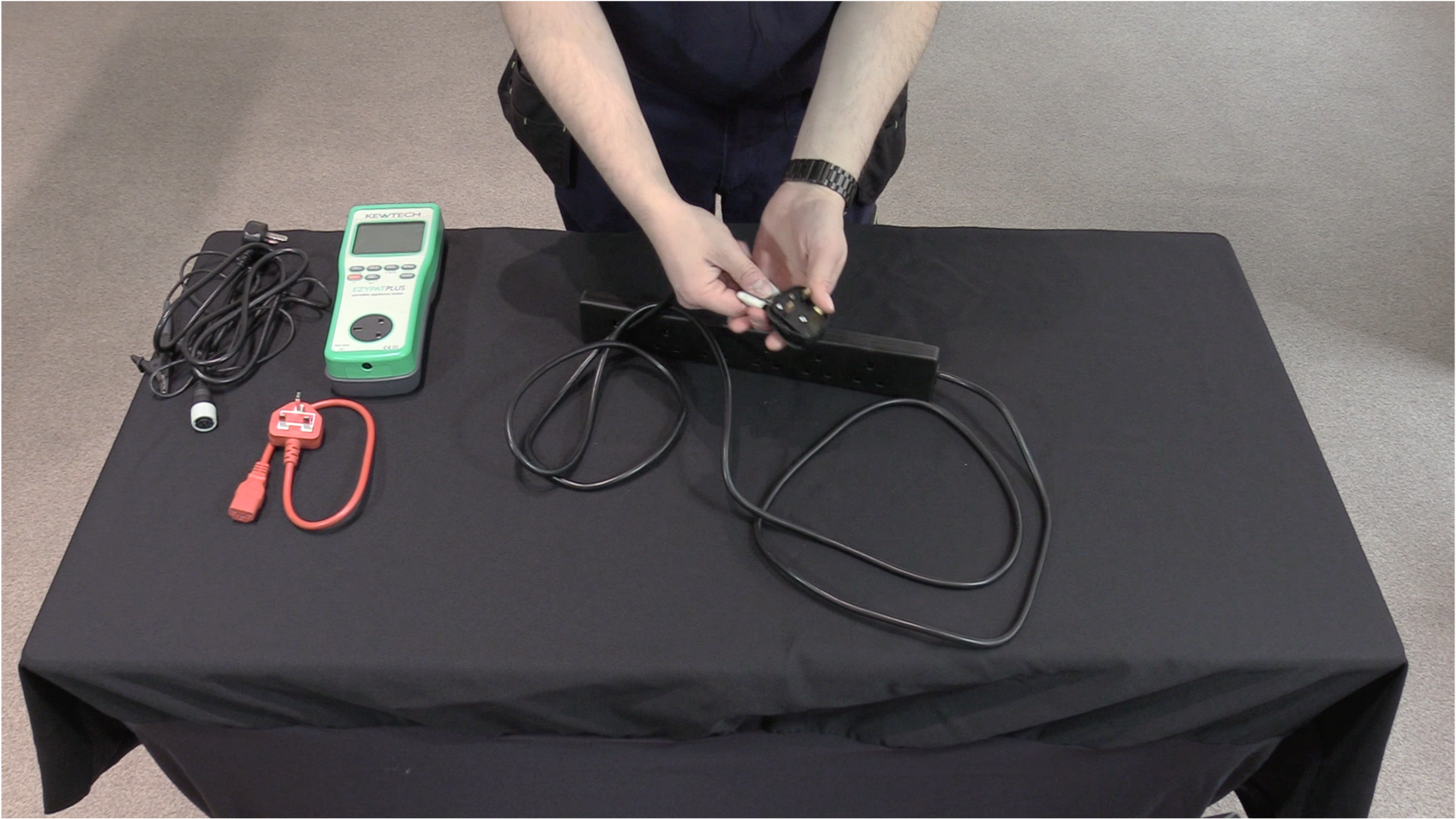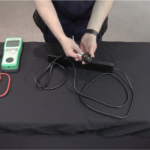
We now spend more time looking at screens than ever before. We’re staring at computer screens all day at work, looking at our smartphones during breaks, watching TV shows or playing computer games at home. All this screen time puts some severe strain on our eyes.
The 20-20-20 Rule is a simple method to reduce eye strain from using display screen equipment (DSE). Keep reading to learn the 20-20-20 instructions. Following this one easy rule could help save your eyesight.
Eye Problems and Display Screen Equipment (DSE)
Watch too much television and your eyeballs will turn square. Lots of us have heard this old cliché. Turns out, it’s got a point. While we’re not at risk of developing square eyes, too much screen time can harm our eyesight.
Almost every modern workplace uses display screen equipment (DSE). DSE includes:
- Computer Monitors
- Laptops
- Tablets
- Smartphones
- Touchscreens
- Digital Signage
- Smartwatches
Scientifically speaking, using DSE for long periods doesn’t cause permanent eye damage. But that’s no reason to rush out and binge-watch eight hours of your favourite show. There is a condition known as digital eye strain (DES). Optometrists and medical experts agree that DES can be caused by overuse of DSE.
Digital Eye Strain (DES) Symptoms
So, just so we’re clear: DSE can cause DES. Acronyms are fun, aren’t they? DES, however, isn’t anyone’s idea of a good time.
DES can result in:
- Blurred vision
- Headaches
- Dry eyes
- Tired eyes
- Problems with focusing
- Sensitivity to bright lights
- Double vision
Up to 77% of UK workers experience eye strain after long hours using DSE. Medical professionals take DES seriously. One study found that almost 90% of UK and Ireland optometrists considered DES a serious concern.
If that many eye doctors are worried about DES, you should be too.
Luckily, there’s a quick and easy trick you can use to reduce the risk of DES. The 20-20-20 Rule!
What is the 20-20-20 Rule?
The 20-20-20 Rule was invented by American optometrist Dr Jeffrey Anshel in 1991. The doctor noticed a spike in patients complaining of headaches and eye strain. What they all had in common was the fact that they all used computers for long periods.
Dr Anshel got the idea for the 20-20-20 Rule from advice to prevent DSE-related musculoskeletal disorders. He took the idea of taking short breaks to help posture and applied it to our visual systems.
So, what are the 20-20-20 instructions? It’s pretty simple.
If you use DSE for 20 minutes, you should look away from the screen at something 20 feet away for 20 seconds. And there it is, 20-20-20.
Does the 20-20-20 Rule Work?
Usually, we blink at a rate of 15 times per minute. When using DSE, this goes down to just five times per minute. The 20-20-20 Rule is designed to force our eyes to blink more. This provides our eyeballs with more lubrication which helps to stop eyes from becoming tired and dry. It also helps to give our eyes a rest and reset our focus.
But the scientific community is divided on whether Doc Anshel’s 20-20-20 Rule works. Some studies say it makes no difference. On the other hand, other studies back up the doctor’s 20-20-20 claims and lots of anecdotal evidence.
The 20-20-20 concept is recommended by the NHS, the American Optometric Association (AOA) and the American Academy of Ophthalmology (AAO).
It’s pretty easy to follow the 20-20-20 Rule. So, it’s probably better to be safe than sorry and give it a go.

Why 20 Minutes?
Previous to the 20-20-20 Rule, the advice for using DSE was to take a 15-minute break every two hours.
Dr Anshel didn’t think this was adequate. He wanted people to take more frequent breaks to rest their eyes. So, he settled on 20 minutes.
There’s no real science behind this decision. It’s just easier to break an hour up into 20-minute segments. Take three 20-20-20 breaks every hour. Easy.
Why 20 Feet?
Again, there’s no scientific reason why Dr Anshel chose a distance of 20 feet (That’s 6.096 metres for anyone in the metric system).
The idea is that we give our eyes a break by focusing on something a reasonably fair distance away. You don’t have to break out a tape measure every 20 minutes. Just set your gaze on something that’s a reasonable distance away. Like the far side of the office, the street below, or a tree across the street.
We don’t recommend staring fixedly at a co-worker for 20 seconds, though. That could get awkward.
Why 20 Seconds?
Why not 20 seconds? Actually, this one does have some reasoning behind it. Doctor Anshel didn’t just develop it because he liked the symmetry.
Science says it takes about 20 seconds for our eyes to fully relax. So, the 20 seconds rule is sound.
Drinking some water during your 20-second eye break is also a good idea. Hydration helps our eyes to stay lubricated. Remember not to fixate on the new person from accounts while you stare and sip. Again: awkward.
Tips to Use DSE Safely and Avoid Health Issues
- Sit at least an arm’s length away from your screen
- Use a matte filter to cut down on glare
- Use eye drops and drink water to keep your eyes lubricated
- Keep your screen clean
- Dim your screen so that it’s not brighter than any other source of light
- Set up your workstation ergonomically
- Complete a DSE training course
The Display Screen Equipment Regulations 1992 set out how to safely use DSE in the workplace. These regulations cover everything from how to set up workstations to reducing risks, ‘including making sure workers take breaks from DSE work or do something different’. Applying the 20-20-20 rule is a simple way to ensure users take breaks from their screens.
Where to Find DSE Training
Our DSE Training course teaches participants the correct way to use DSE. Trainees learn how to avoid the health problems posed by prolonged DSE use (including getting square eyeballs). The course covers everything from physical health to psychological issues related to the use of DSE.
























































































































































































































































































































































































































































































